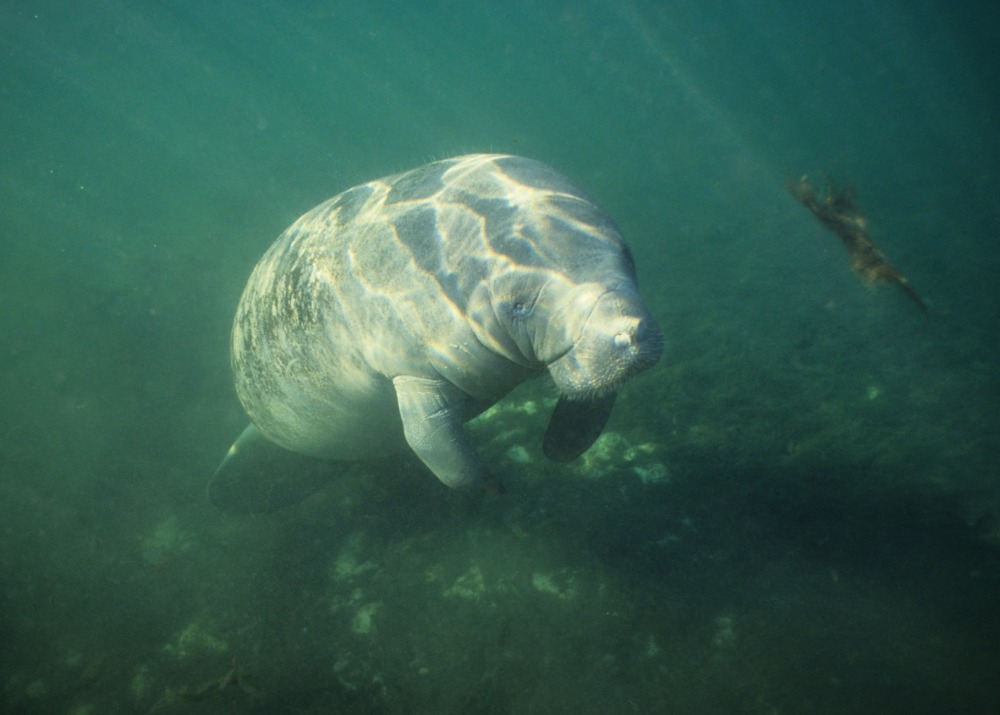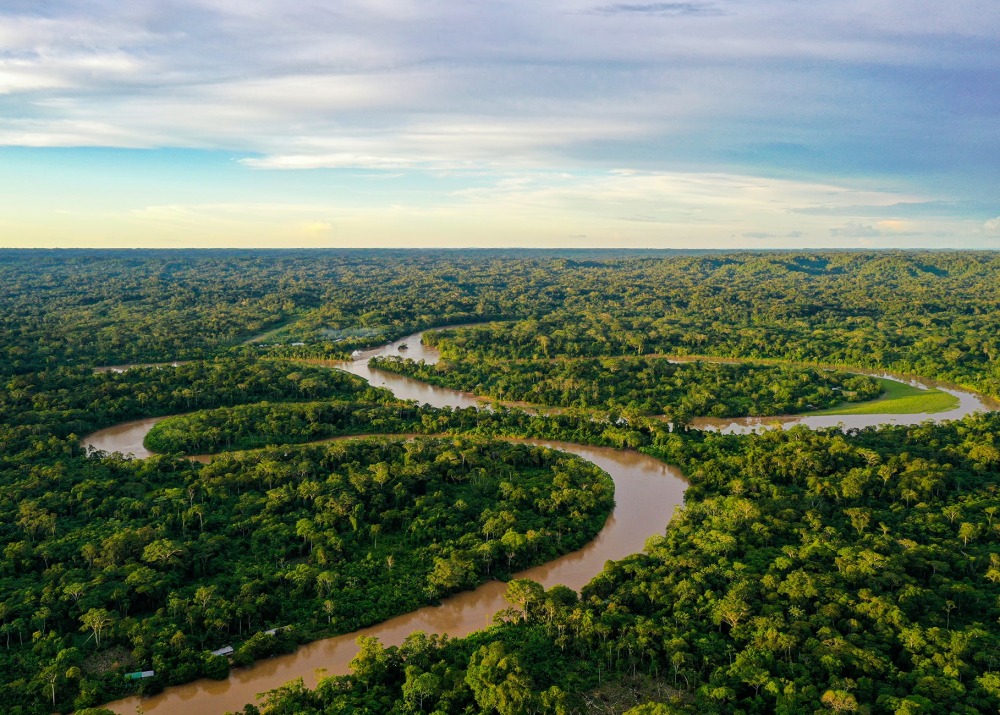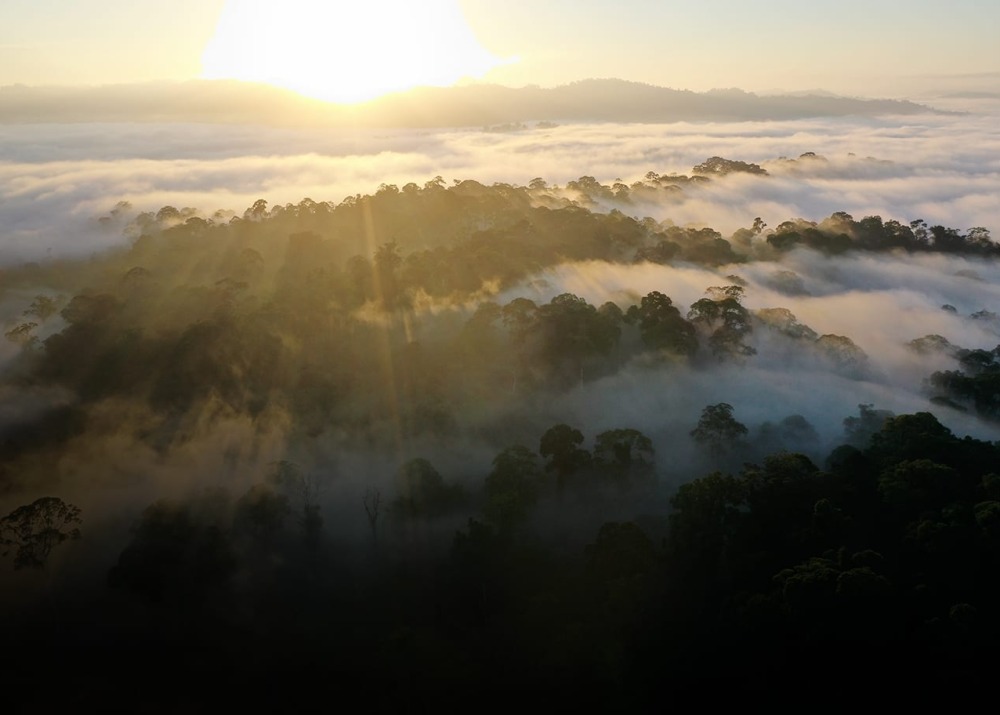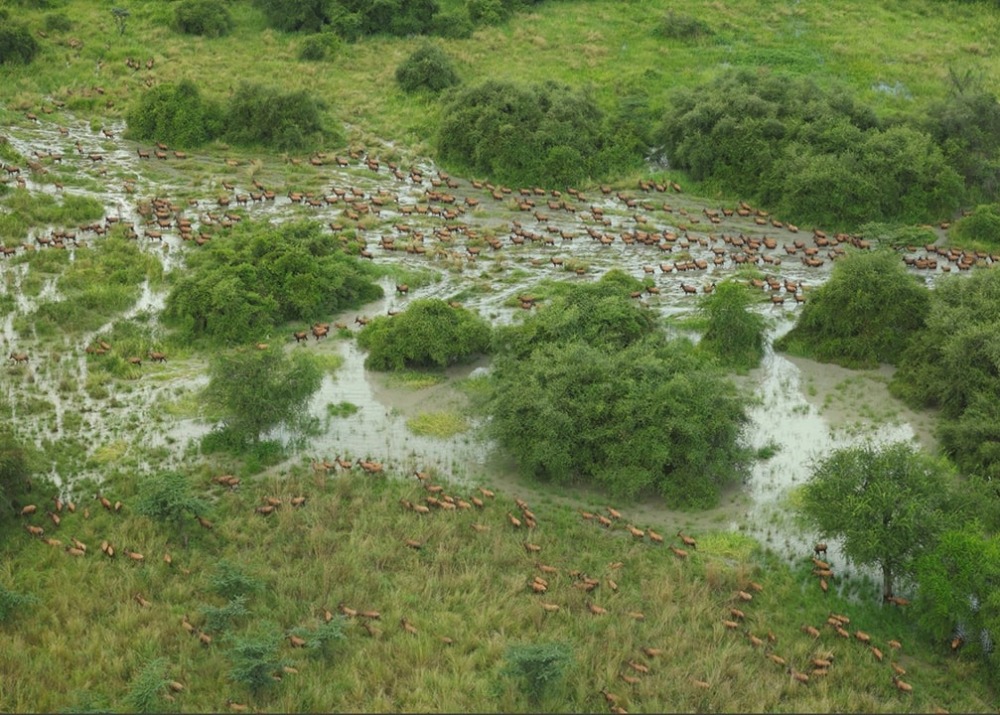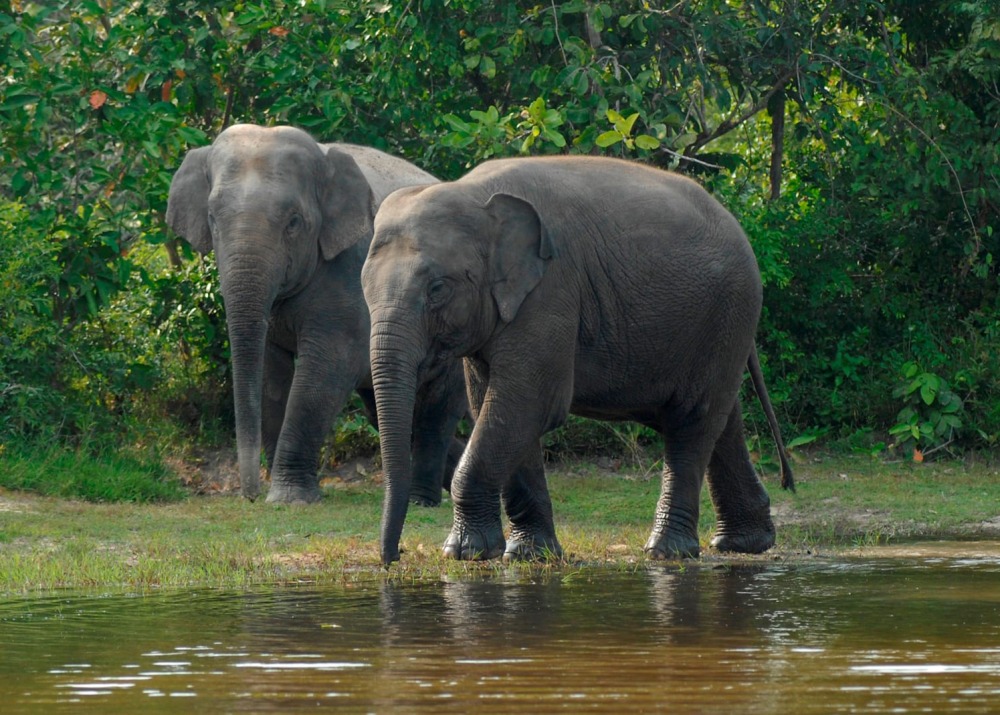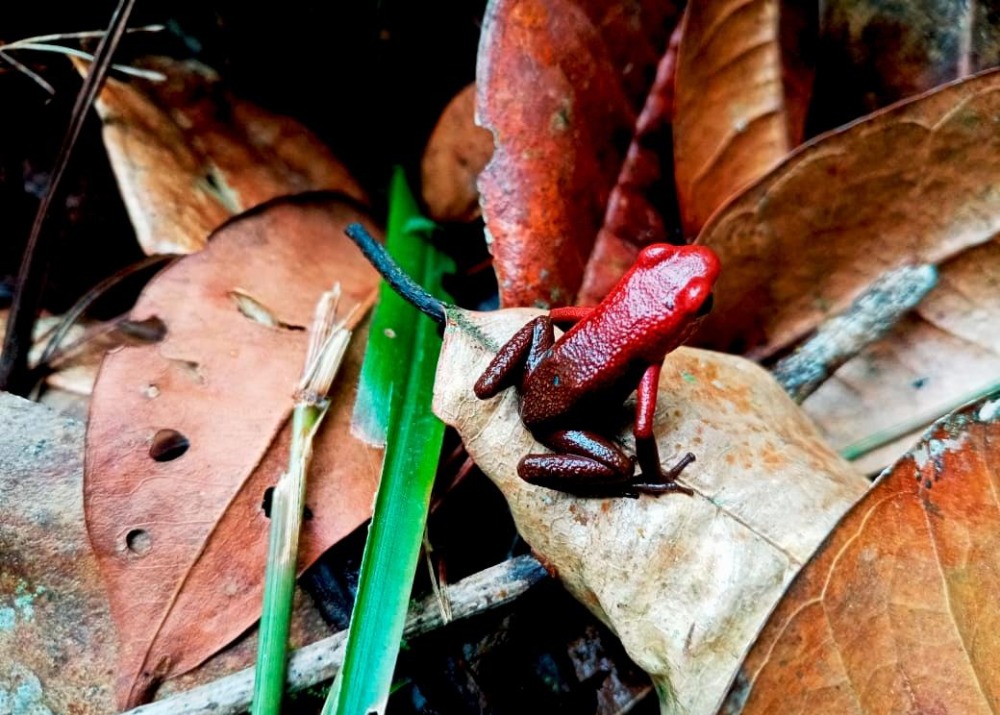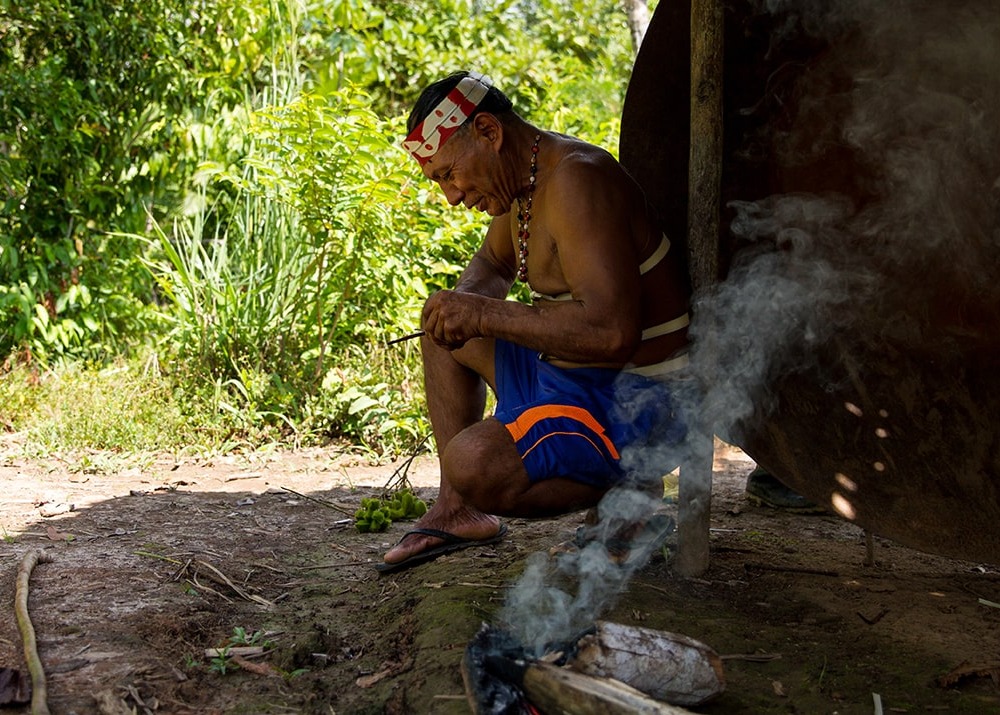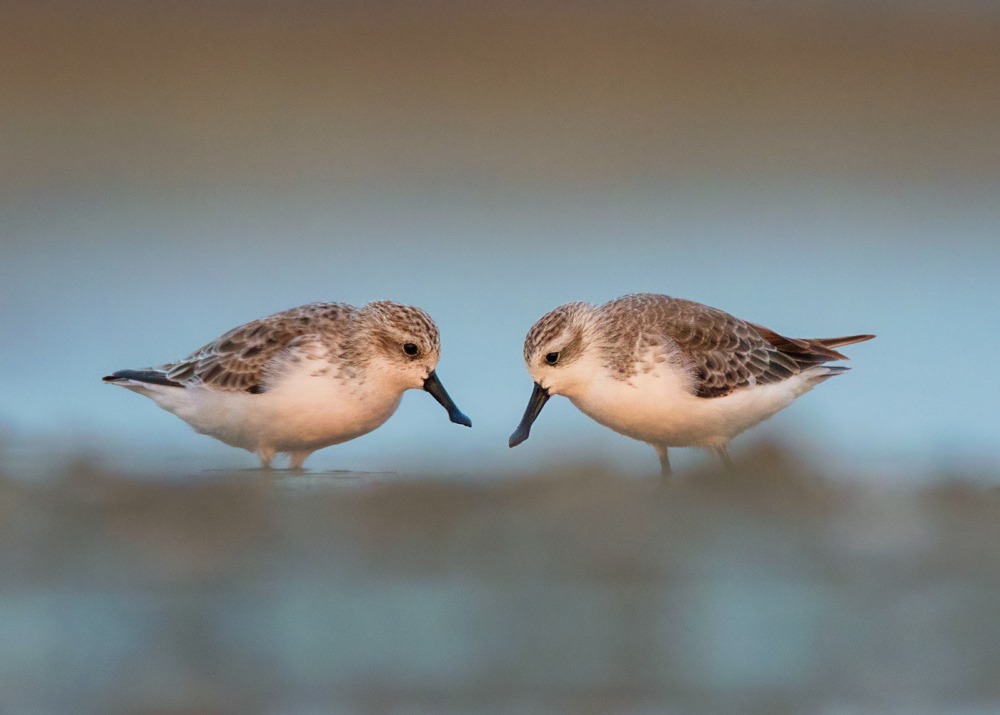Living Ancient Dreams: South Sudan’s Great Antelope Migration
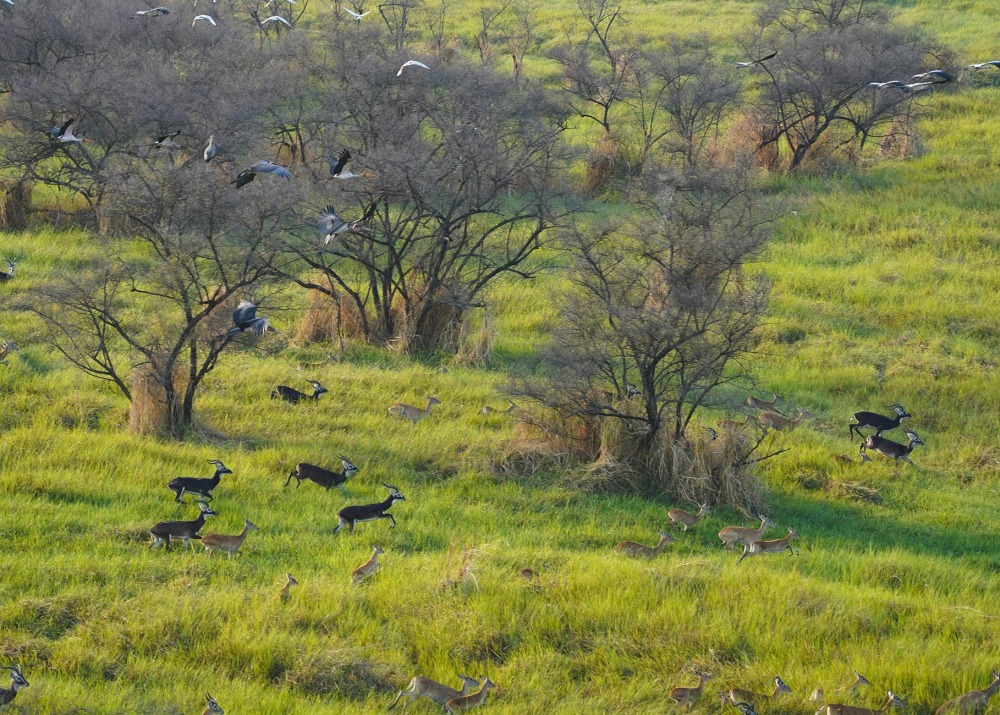
The great mammal migrations that no longer grace the Earth—with millions of pounding hooves and flapping wings—are now the stuff of legend. But they are not all lost for eternity.
In South Sudan in Central Africa, an antelope migration like no other is driving possibly millions of White-eared Kob, Tiang (Topi) antelopes, Mongalla Gazelles and Bohor Reedbucks across one of the last and most exceptional wild ecosystems left on Earth. These animals stream across the Sudd inland delta—a vast, nearly impenetrable swamp east of the White Nile River—running from rising waters to follow the grasses that sustain them. The Sudd stretches across 14 million acres to form one of Earth’s largest wetlands and the largest freshwater wetland in the Nile Basin. Its shimmering waters can double in size during the wet season.
One of the primary reasons this fertile landscape still exists for wildlife is because it is an inhospitable floodplain—it’s too hot, too rainy, or too flooded (or all three) for months every year, changing with the season and the amount of rainfall.
Just southeast of the Sudd, another vast landscape of 9.3 million acres is aptly named the Boma-Badingilo Migratory Landscape because it encompasses the Boma and Badingilo National Parks created before South Sudan’s independence in 2011. The savanna, grassy floodplains and closed canopy forests here are shaped by seasonal flooding of tributaries of the White Nile River and by the very animals that feed on them.
Rainforest Trust is supporting our partner, African Parks, to work with the government of South Sudan to re-establish and expand the Boma and Badingilo national parks and designate unprotected savanna between them as Community Conservancies to safeguard 9,376,800 connected acres for this epic migration. The government is strongly supportive of the entire effort.
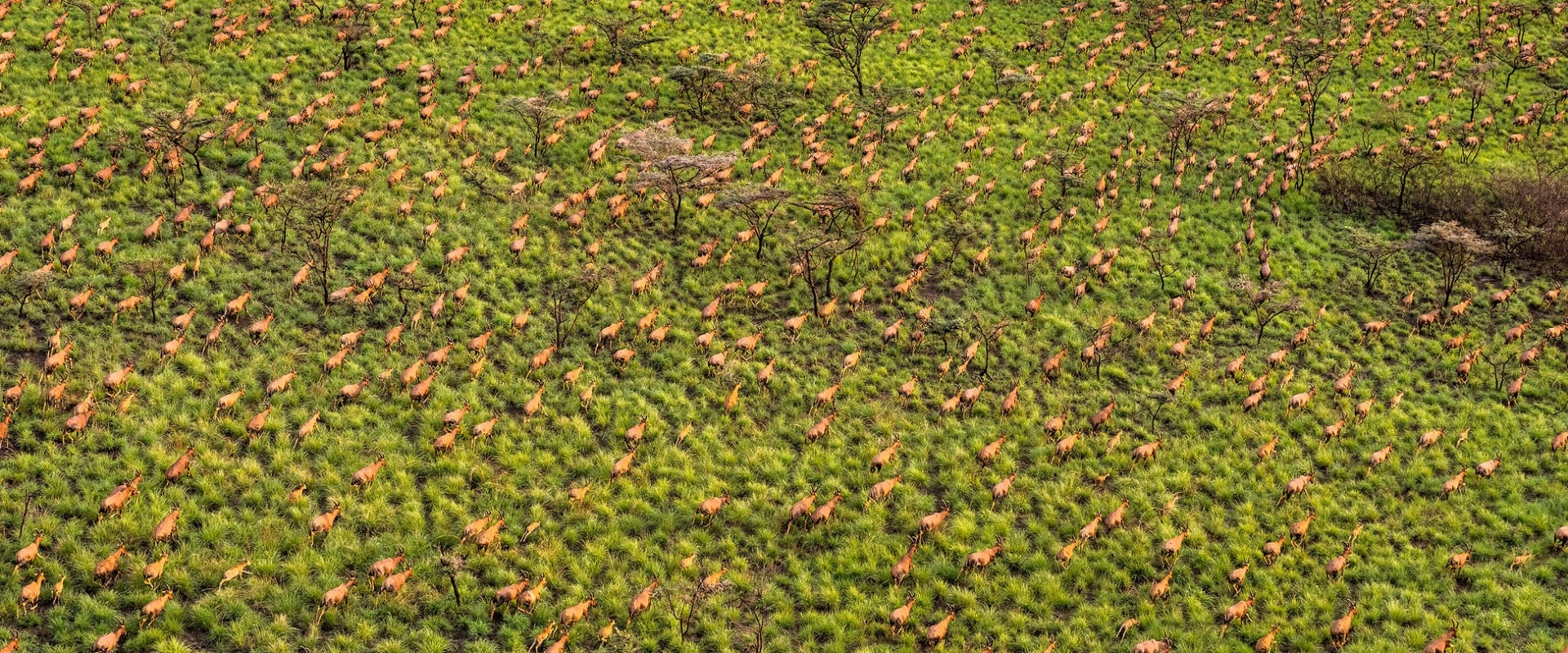
Tiang in Boma and Badingilo National Parks, courtesy African Parks/© Marcus Westberg
Ancient antelope migration stands the test of war
Civil wars have plagued the region since the 1950s, with South Sudan’s 2011 independence coming amidst decades of conflicts. Sadly, the war years led to the local extinction of zebras and rhinos in South Sudan. The African Savanna Elephant population in the Sudd delta dropped catastrophically from around 80,000 elephants 50 years ago to fewer than 2,000 today, downed mostly by trophy hunters and illegal ivory poachers. It would not have been surprising at all to discover that decades of armed conflict in the region had also decimated the antelope migration but somehow, thankfully, it endures.
The survival of this astounding migration is due in part to the fact that the antelopes and gazelles are animals on the move. Between January and June, they follow primeval routes north and east from wetlands to areas now protected as national parks, and then back again between November and January. The species that were more sedentary and accessible as food and funds for fighting groups suffered great losses.
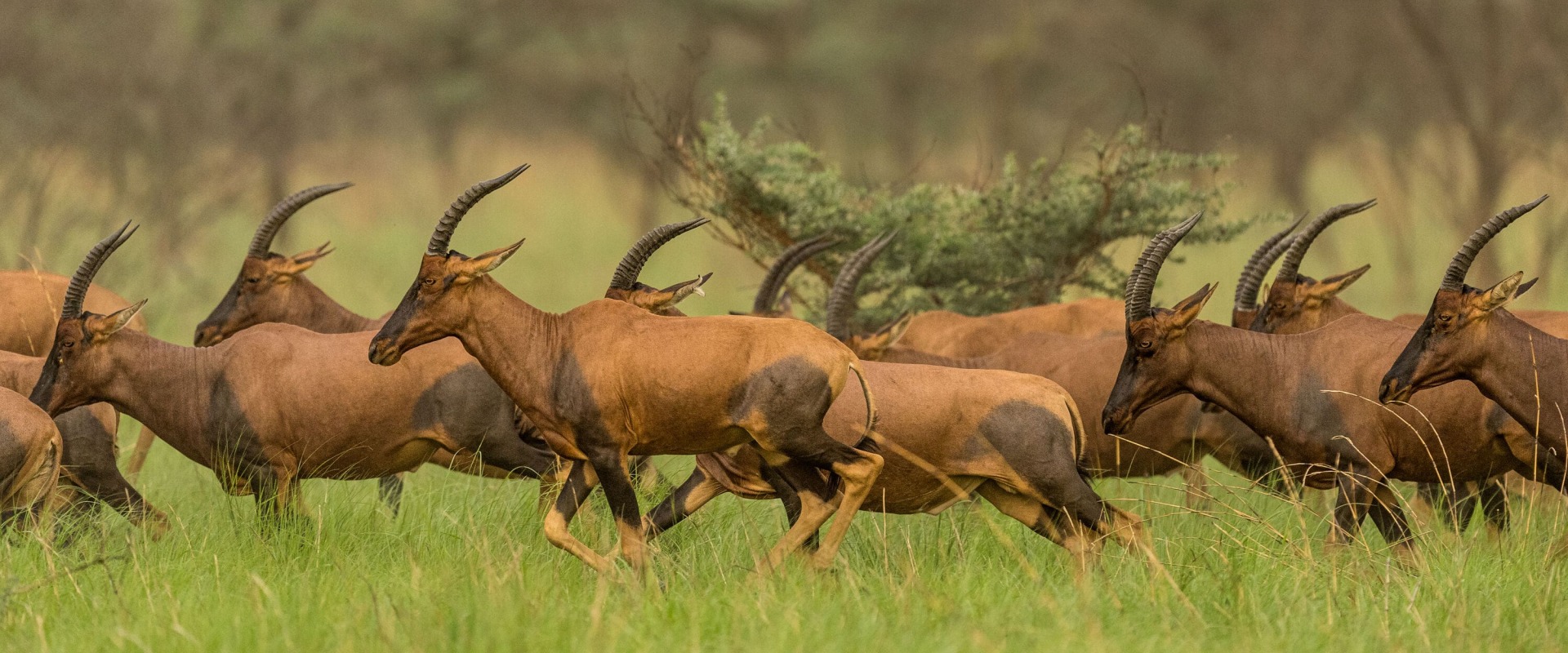
Tiang in Boma and Badingilo National Parks, South Sudan, courtesy African Parks/© Marcus Westberg
Nomadic tribes face challenging times in South Sudan
For thousands of years, agro-pastoralist tribes have inhabited South Sudan. Livestock, specifically cattle and shoats (sheep-goat hybrids), are an integral component of tribal society for those whose heritage is rooted in their traditional lands. Despite peace agreements, tribal conflict continues to be common in the post-war period due to food, health and safety insecurity among the people.
Peacetime has brought unplanned, unregulated development and infrastructure projects to areas of South Sudan previously blocked by war. Oil, gas and mining prospects loom large. These are critical threats to nomadic lifestyles, intact ecosystems and the antelope migration.
Creating protected areas—especially within the next five years—is a vital step in preventing the wetlands from being drained and wild grasses disappearing. Solutions are heavily dependent on working with communities to develop conservation projects that include alternatives to unsustainable bushmeat hunting and overgrazing of natural areas.
Our partner, African Parks, is authorized by the government of South Sudan to manage the Boma and Badingilo national parks, and has undertaken an unprecedented survey to document wildlife numbers and the scope of the migration. A collaring effort conducted between March 16 to April 18, 2023, resulted in 126 animals of 12 species being tagged with GPS units. The four migratory species of White-eared Kob, Tiang, Reedbuck and Mongalla gazelle have shown extensive movement during this time. The Tiang moved the farthest, ranging between 224 to 966 miles.
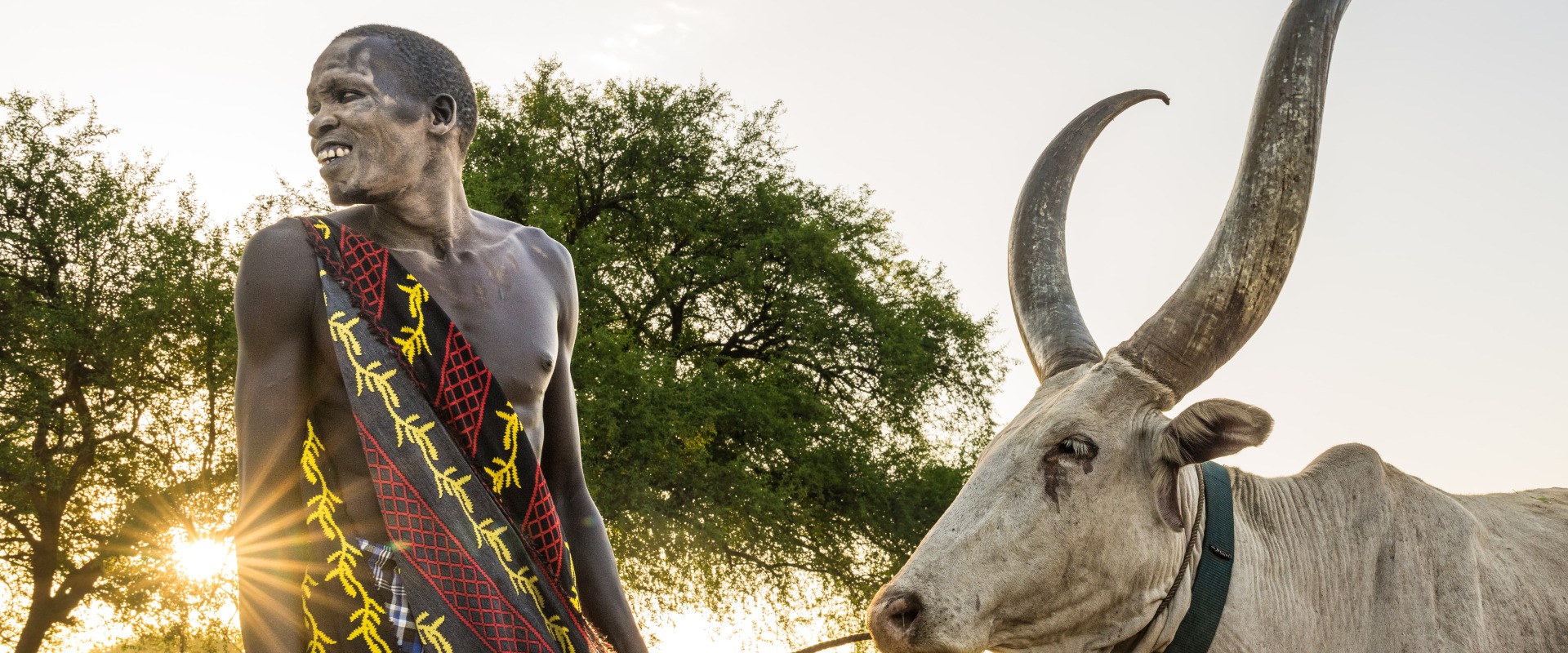
Tribesman from Community Bala Mundari, courtesy of African Parks/© Marcus Westberg
Pressure from a changing climate
South Sudan is highly vulnerable to the effects of climate change, including droughts and excessive flooding. Flooding in 2022 was the worst it’s been in over 60 years. This drives widespread conflict over scarce resources.
Great migrations like that of the antelopes of South Sudan provide a window into the world of 25,000 years ago. Though very few of us will ever witness a massive mammal migration in our lifetimes, we all experience migrations closer to home. Birds arriving and departing with the seasons, Monarch Butterflies atop milkweed or, if we’re lucky enough, Gray Whales or sea turtles if we live near the sea. It’s all the more gratifying knowing, somewhere in central Africa, millions of antelopes are chasing the sweetest grass of the season across a landscape wider than our imagination.
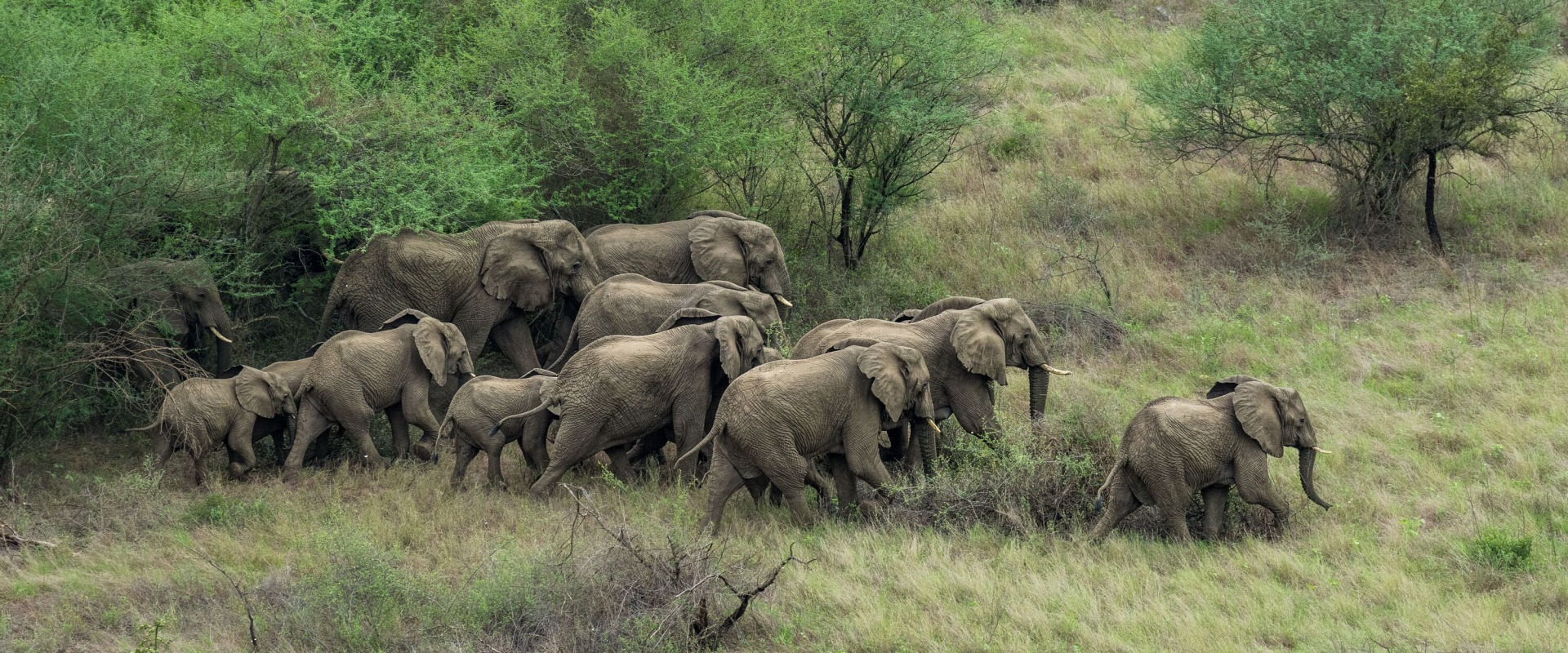
A herd of elephants in Boma and Badingilo National Parks, South Sudan, courtesy African Parks/© Marcus Westberg
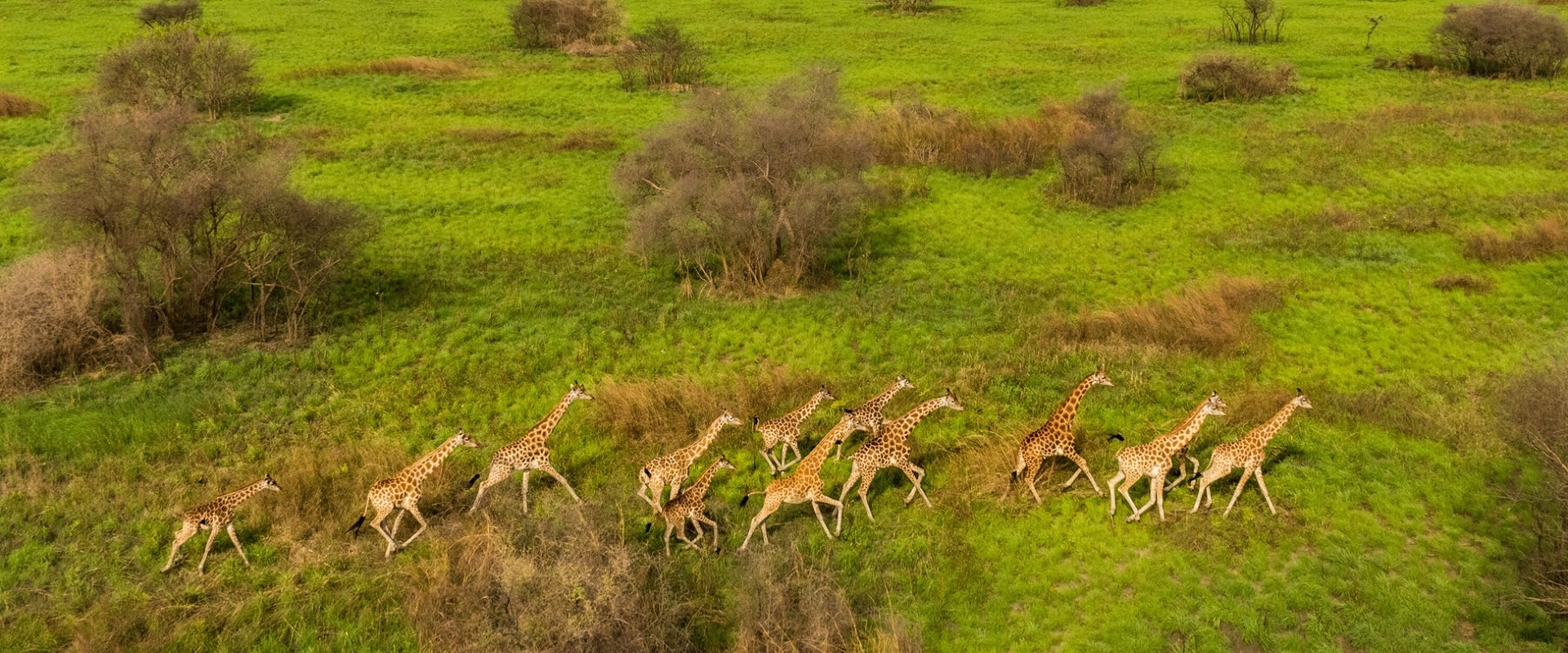
Giraffe in Boma and Badingilo National Parks, South Sudan, courtesy African Parks © Marcus Westberg
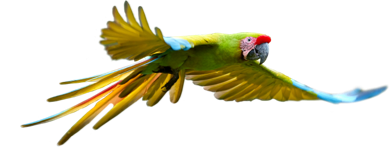
Sign up to receive the latest updates
"*" indicates required fields


